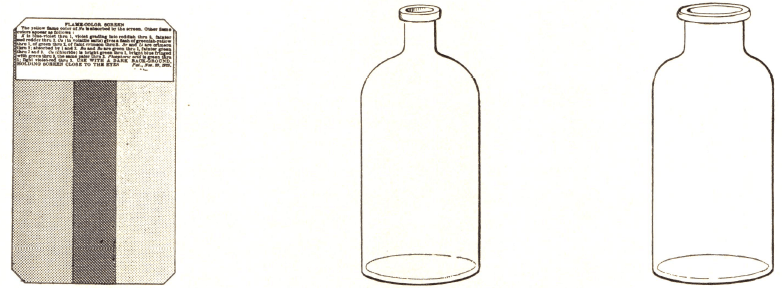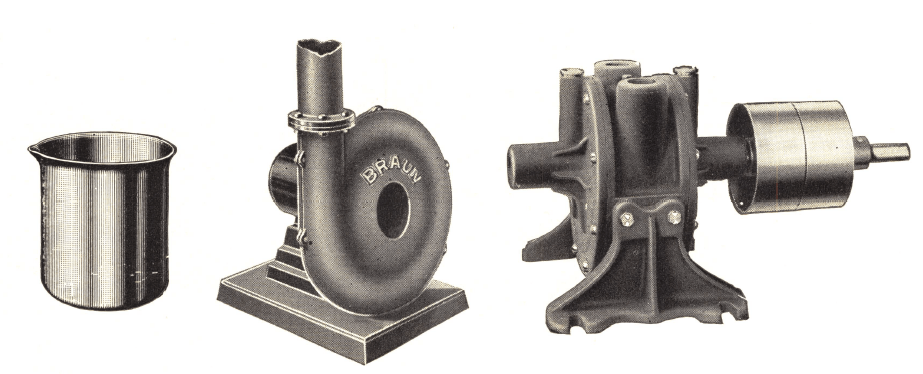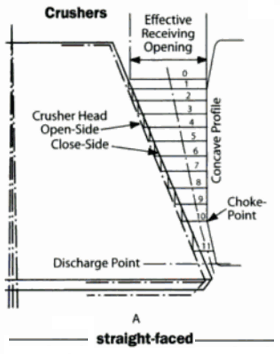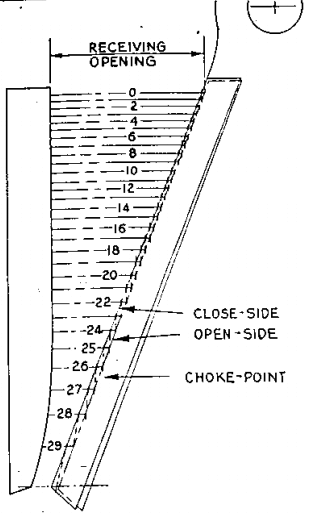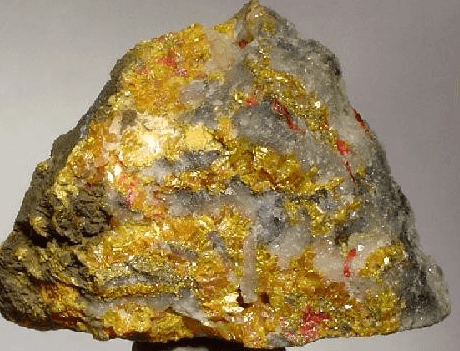Laboratory Reagent Bottles
COLOR OR FLAME SCREEN, Merwin—Transparent celluloid screen in three tints of blue, which will absorb the yellow of sodium flame. Directions for distinguishing the various flame colors are furnished with each screen. BOTTLE, Packing—Green glass, narrow mouth, without stoppers. BOTTLE—Flint glass, narrow mouth, round shoulder, without stoppers. BOTTLE—Flint glass, wide mouth, round shoulder, without stoppers. BOTTLE, … Read more

